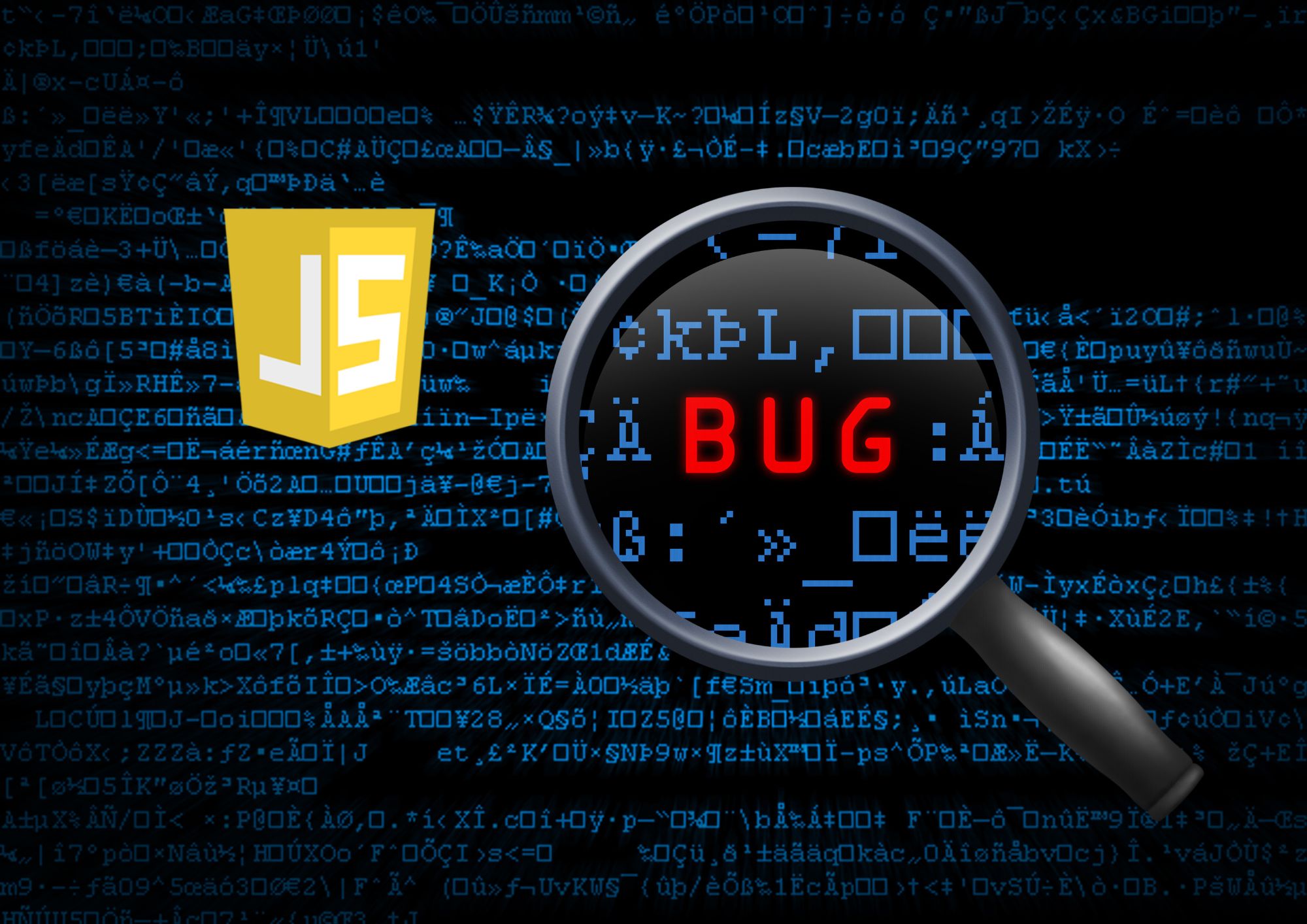Debugging is an essential part of any development process.
It involves identifying, isolating, and fixing bugs or errors in your code. JavaScript, being a versatile and widely used language, has a variety of tools and techniques available for efficient error handling.
In this in-depth article, we’ll explore different debugging tools, techniques, and best practices to help you master JavaScript error handling.
Understanding JavaScript Errors
JavaScript errors can be broadly classified into two categories:
- Syntax Errors
- Runtime Errors
Syntax Errors
Syntax errors occur when the JavaScript parser is unable to understand your code due to incorrect syntax. Common syntax errors include missing parentheses, curly braces, or semicolons.
For example:
function greet() {
console.log("Hello, World" // Missing closing parenthesis
}
Runtime Errors
Runtime errors occur while the code is being executed. These errors can be due to various reasons, such as:
- Reference Errors (e.g., accessing an undefined variable)
- Type Errors (e.g., invoking a non-function)
- Range Errors (e.g., invalid array length)
Example of a Reference Error:
console.log(nonExistentVariable); // ReferenceError: nonExistentVariable is not defined
Browser Developer Tools
Most modern browsers, such as Chrome, Firefox, and Edge, come with built-in developer tools that can be accessed by pressing F12 or right-clicking and selecting “Inspect.” These tools offer a plethora of features, including:
Console
The console is an essential tool for logging messages, errors, and warnings. It can also be used to execute JavaScript code on-the-fly.
Example:
console.log("Hello, Console!");
console.error("Oops, an error occurred.");
console.warn("This is a warning.");
Debugger
The debugger is a powerful tool that allows you to set breakpoints, step through code execution, and inspect variables and their values. To use the debugger, navigate to the “Sources” tab in Chrome or “Debugger” tab in Firefox.
Debugging with Console.log()
One of the simplest and most widely used techniques for debugging JavaScript is using console.log() statements to log values and track the code execution.
Example:
function add(a, b) {
console.log("a:", a, "b:", b);
return a + b;
}
add(1, 2); // Logs: a: 1 b: 2
While console.log() is useful, it can become cumbersome and is not suitable for complex debugging scenarios. In such cases, using breakpoints and debuggers is more efficient.
Using Breakpoints
Breakpoints allow you to pause code execution at specific lines, enabling you to inspect variables and their values, step through code execution, and identify issues.
To set a breakpoint, click on the line number in the debugger tab of your browser’s developer tools.
Debugging in IDEs and Editors
Most Integrated Development Environments (IDEs) and code editors, such as Visual Studio Code, WebStorm, and Sublime Text, offer built-in debugging features.
These features usually include setting breakpoints, stepping through code execution, and inspecting variables.
Visual Studio Code
Visual Studio Code (VSCode) provides an excellent JavaScript debugging experience. To start debugging in VSCode, create a launch.json file in your project’s .vscode folder with the following configuration:
{
"version": "0.2.0",
"configurations": [
{
"type": "chrome",
"request": "launch",
"name": "Launch Chrome",
"url": "http://localhost:3000",
"webRoot": "${workspaceFolder}"
}
]
}
Replace http://localhost:3000 with your project’s URL and then press F5 to start debugging.
WebStorm
WebStorm, by JetBrains, is a powerful IDE specifically designed for JavaScript development.
It comes with an integrated debugger, which can be accessed by creating a new Run/Debug configuration and then clicking on the debug icon.
Debugging with Linters
Linters, such as ESLint and JSHint, are tools that analyze your code and identify potential errors, code style issues, and best practices violations. By using linters in your development process, you can catch errors early, before they become bigger issues.
Example ESLint configuration:
{
"extends": "eslint:recommended",
"rules": {
"no-console": "warn",
"semi": ["error", "always"]
},
"env": {
"browser": true,
"node": true,
"es6": true
}
}
Debugging Asynchronous Code
Debugging asynchronous code, such as Promises and async/await, can be challenging. However, modern browsers and IDEs have improved support for debugging asynchronous code.
Using async and await
When using async and await, you can set breakpoints within your asynchronous functions, just like with synchronous code.
Example:
async function fetchData() {
try {
const response = await fetch('https://api.example.com/data');
const data = await response.json();
console.log(data);
} catch (error) {
console.error('Error fetching data:', error);
}
}
fetchData();
Debugging Promises
When working with Promises, you can use then() and catch() methods to handle success and error cases, respectively.
Example:
fetch('https://api.example.com/data')
.then(response => response.json())
.then(data => console.log(data))
.catch(error => console.error('Error fetching data:', error));
Debugging with Unit Testing
Unit testing is a crucial aspect of software development that helps in identifying and fixing errors early in the development process. JavaScript testing frameworks, such as Jest and Mocha, allow you to write test cases for your code, ensuring its correctness and stability.
Example using Jest:
// sum.js
function sum(a, b) {
return a + b;
}
module.exports = sum;
// sum.test.js
const sum = require('./sum');
test('adds 1 + 2 to equal 3', () => {
expect(sum(1, 2)).toBe(3);
});
Best Practices for Error Handling
- Always validate user input to prevent unexpected behavior and security vulnerabilities.
- Use
try...catchblocks to handle exceptions gracefully. - Log errors to help with debugging and tracking issues.
- Write unit tests to catch errors early in the development process.
- Use linters and code analysis tools to identify potential issues.
Summary
Debugging JavaScript can be a challenging task, but with the right tools and techniques, you can efficiently handle errors and improve your code quality.
By using browser developer tools, IDEs, linters, and testing frameworks, you can identify and fix issues early in the development process.
Always follow best practices for error handling and write clean, maintainable code.
Remember, practice makes perfect.
The more you debug, the better you’ll become at identifying and resolving issues in your JavaScript code.
Happy debugging!
Thank you for reading our blog, we hope you found the information provided helpful and informative. We invite you to follow and share this blog with your colleagues and friends if you found it useful.
Share your thoughts and ideas in the comments below. To get in touch with us, please send an email to dataspaceconsulting@gmail.com or contactus@dataspacein.com.
You can also visit our website – DataspaceAI



